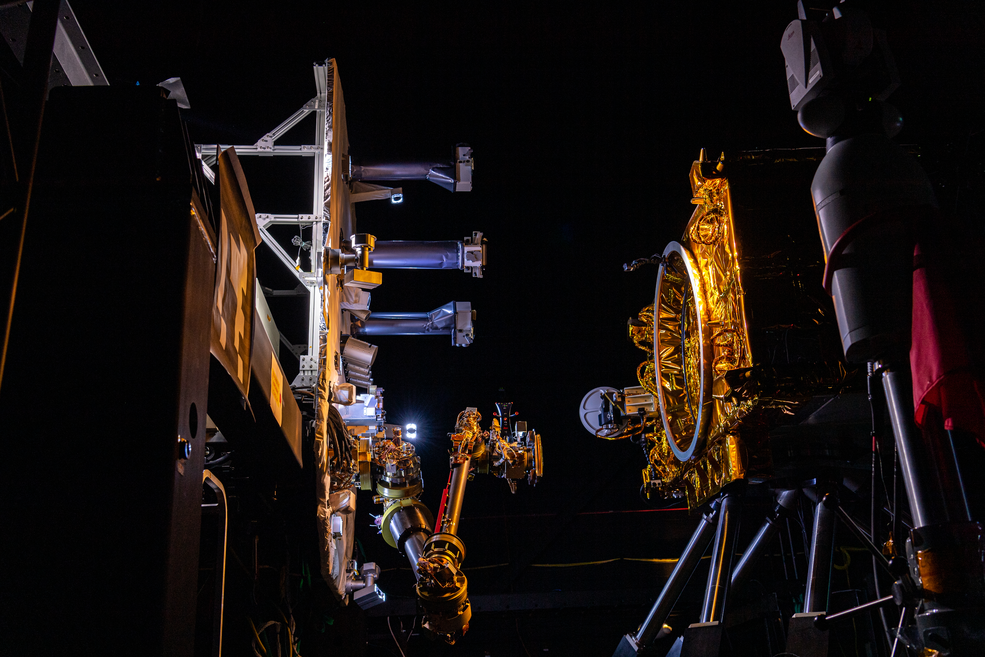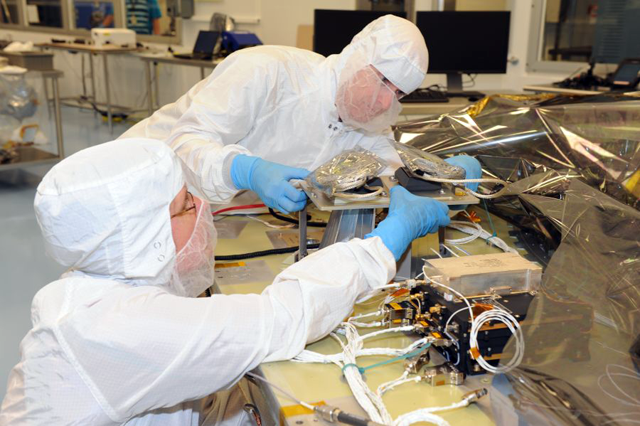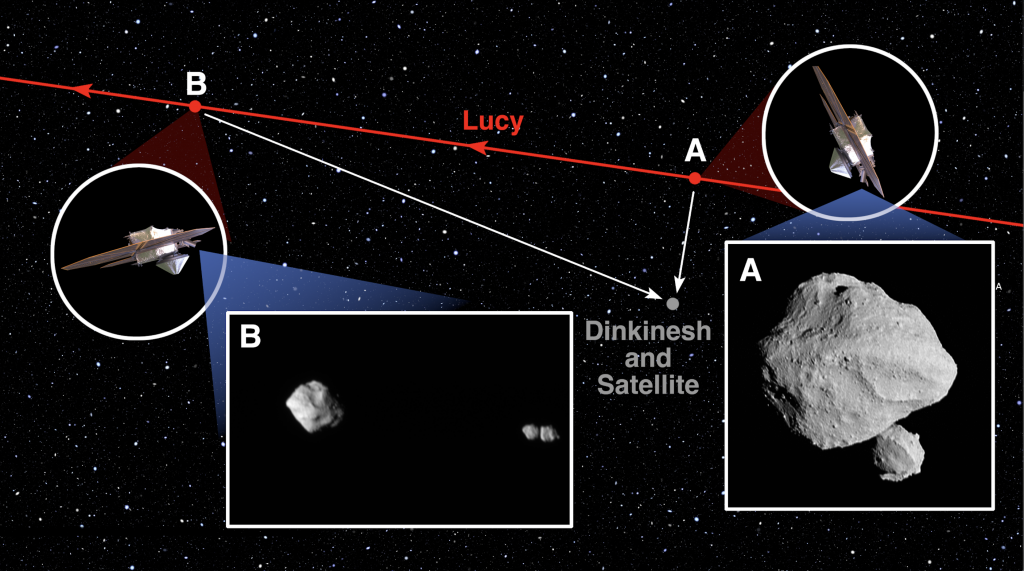
ETD Mission Engineering & System Analysis Division
MESA | Code 590
Coordinating Science That Leads to Discovery
The Mission Engineering & System Analysis Division is composed of many branches all working in conjunction with one another in the proposal, development, and design of missions across Goddard to advance and benefit the scientific community at large.

Space Robotics and ISAM Capabilities Office (590.1)
The Space Robotics and In-space Servicing, Assembly, and Manufacturing (ISAM) Capabilities Office develops and demonstrates breakthrough technologies that enable more sustainable, affordable space operations. These innovations support missions in Earth orbit, around and on the Moon, and deep into the solar system. The office coordinates the development of robotic systems and ISAM technologies that will form the foundation of tomorrow’s space infrastructure, and through world-class facilities, performs advanced software and hardware simulations that build on Goddard’s extensive knowledge base. Drawing on decades of experience supporting both human and robotic servicing missions, this expertise is now helping government agencies and commercial partners develop new ISAM missions.
Contact Code 590.1 Key Personnel

Autonomous Control and Systems Modeling Branch (591)
The Autonomous Control and Systems Modeling Branch provides engineering expertise in all areas of space vehicle control. Leaders in this branch deliver flight guidance, navigation, and control systems utilizing hardware and software products from multiple disciplines. Core capabilities include autonomous and semi-autonomous attitude control, integrated modeling, attitude determination, multi-body dynamics, propulsive system characterization, fluid systems and fluid transfer, autonomous rendezvous and proximity operations, and sensor calibration. Expertise spans the full mission life cycle, including on-orbit operations and anomaly resolution of space vehicle navigation and control. The branch uses analysis, programming, modeling, simulation, and testing to assess system performance including stability, jitter, pointing, slosh, maneuver execution, and fuel usage. The branch collaborates with external entities to define, analyze, and verify next generation technology requirements for advanced orbital, sub-orbital, and trajectory-based control systems.
Contact Code 591 Key Personnel

Systems Engineering Branch (593)
The Systems Engineering Branch provides technical leadership of end-to-end systems engineering for the NASA Exploration and Science activities that span the entire life cycle from concepts definition through implementation for missions/projects, instruments/payloads, and other flight elements. Branch services include: mission concept development; mission architecture development; preliminary and advanced instrument/payload design and analysis; proposal development including development of innovative new measurement concepts and techniques; instrument/payload integration and testing; operations support; engineering support for requirements and risk management; and risk mitigation and anomaly resolution strategies. The Branch provides technical leadership for all flight system elements over the project lifecycle, and some of the Branch members serve as the Engineering Technical Authorities, which is the senior Engineering technical leadership position for their respective missions.
Contact Code 593 Key Personnel

Navigation & Mission Design Branch (595)
Navigation and Mission Design Branch (NMDB) is a world-recognized leader in innovative spacecraft flight dynamics including orbit analysis, orbit determination, trajectory design & optimization, maneuver planning & control, constellation design, formation flying, and mission analysis. 595’s specialization in these mathematical and physical principles alongside vast flight operations experience enables missions to reach and maintain an orbit that meets their science goals. Combined with an in-depth knowledge of network capability and the creation and maintenance of state-of-the-art analysis tools, NMDB offers expertise for a multitude of operations concepts, trajectory designs, and maneuver planning strategies covering all mission phases from concept formulation through end-of-life. The team’s deep understanding of orbital physics enables NASA’s premier sciences: Astrophysics, Earth Science Heliophysics, and Planetary Science.
Contact Code 595 Key Personnel
